A sweet sake toast around the world!
In search of stylish cups that enhance this beverage
To the north, Aomori; to the south, Saga.
I set out on a journey in search of chic cupware
for one of my favorite beverages.
Finally, a sweet sake party in Tokyo, the gateway to Japan
Seeking the best cupware for Tokyo Amazake, a sweet sake made through careful preparation,
I visited Tsugaru Vidro in Aomori Prefecture and an Arita ware ceramics studio in Saga Prefecture.
In this article, the last in the series, we invite three foreign residents of Tokyo for a sweet sake party.
We got some feedback from them on the beverage, using this to inform ideas about how to promote
sweet sake as a staple souvenir for Tokyo, both for domestic and overseas consumers.
Upon entering the studio,
you are greeted by
a totally different world.
Artisans sweat as
they work around a
1,500℃ crucible.
Tsugaru Vidro is a handmade glass brand that is known for its distinctive, colorful dot motifs. With their products offered at retailers nationwide, you may have seen them at a boutique near you.
We paid a visit to Hokuyo Glass, a company based in Aomori City, Aomori Prefecture, which produces the Tsugaru Vidro line. Though still nippy in early spring, entering the shop, one is greeted by a blast of heat! It comes as no surprise -- the crucible in the center of the studio is red-hot at 1,500℃.

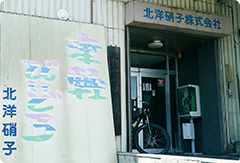
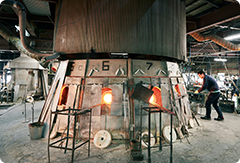
The charm of Tsugaru Vidro’s products is the diversity of techniques and wide range of colors they utilize
Hiroshi Nakagawa, plant director, gave us a tour. There are many techniques employed in glass production. They range from spinning, an efficient technique, to freeform glassblowing, where the work is held up in the air, and requires deft skill. What sets Tsugaru Vidro apart is their use of nine different techniques depending on the piece. In addition, they use a wide selection of different colors and hues. The team includes not just traditional artisans, but so-called "Aomori Meisters," who are specialists in glass smelting. Mr. Nakagawa is himself one of them!
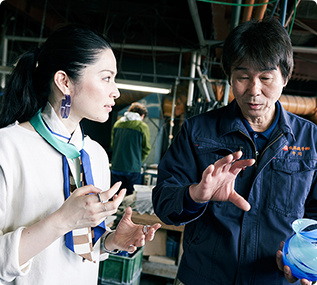
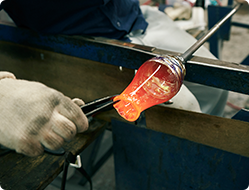
This was my first time
trying glassblowing.
Not just difficult, but
amazingly hot!
With the assistance of Yoshikazu Shinohara, a traditional artisan, I was given the chance to try glassblowing.
Through deft, experienced gestures, it was clear he is truly a master of his craft! One must apply pressure evenly, use just the right breath, and keep the colors balanced. Everything about it was a challenge. And above all else, it was hot! A ball of molten glass, which had just moments before been in a 1,500℃ crucible, was now dangling before me!
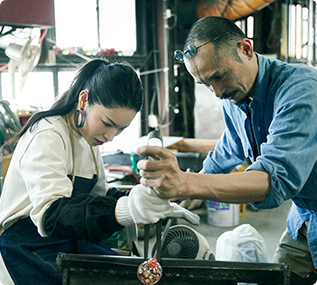

Witnessing amazing artisan skills borne over long years of practice
Mr. Shinohara was born in the same town that Tsugaru Vidro is located at, and joined Hokuyo Glass in 1996. He is now one of their artisans. He excels at producing ornaments by twirling a ball of molten glass on a rod without a predetermined shape. He demonstrated making an owl ornament. Apparently, it takes several dozens of years to master these techniques!

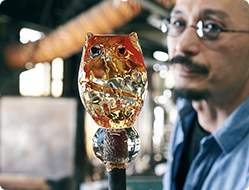

Visiting Arita Será,
where Arita and Hasami
ware specialty shops
line the grounds
Arita ware is considered among Japan’s three great ceramic styles. Arita Será is a site in Arita-cho, Saga Prefecture in which lots of ceramics vendors are all lined up in a row. There is enough to do here that it would keep a ceramics fan busy for a whole day.
All of the shops were charming in their own way, but I decided to pay a visit to KIHARA, whose work I like for its modern sensibility. KIHARA is a specialty trader focusing on Arita and Hasami ware, and offers product development and OEM.


Inheriting traditions
while incorporating new
techniques.
Artisans who listen
intently to clients’ needs
while perfecting their
craft
Koji Matsumoto, a director and brand manager at KIHARA, taught me about the history of Arita ware. In general, the industry functions as numerous segments. There are firms dedicated to pulverizing stone and liquefying it, others making clay, others making molds, and others that act as kilns. Vessels pass through many hands before being made. Mr. Matsumoto said that "Arita ware is less about creative expression as it is about producing items that people need." In that way, KIHARA is not slavish to tradition, but rather incorporates new techniques to create products that people today seek.
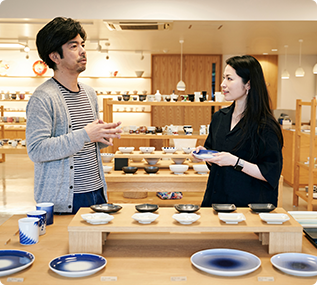

The detailed designs, beloved within and without Japan, come from digital graphics
For example, designer Kazuhiro Ikeda, pictured at left, developed the Infinity and Shine lines, which involve printing digital graphics and photographs onto ceramics. This fusion of tradition and modernity has captured people’s imaginations and drawn acclaim around the world. My initial impression was that historic ceramics focus on remaining unchanged, but KIHARA’s products seem to actively incorporate the new.


The resulting design will take shape at a partner kiln works.
My next visit was to Kanezen Kiln Co., Ltd., a KIHARA partner. There are over 100 kilns in Arita-cho, one of them being Kanezen Kiln. I had a chance to see the printing techniques KIHARA uses and observe how images and glaze (used to add luster and enhance the strength of the vessel) are applied. It was amazing to see how members from the firm and beyond seemed to get along like a family!
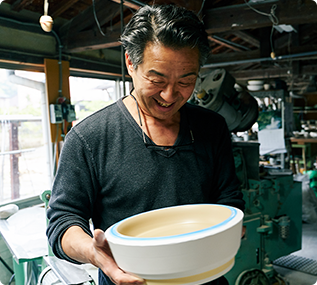
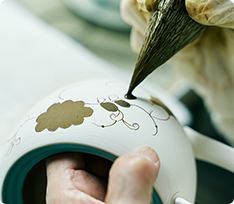
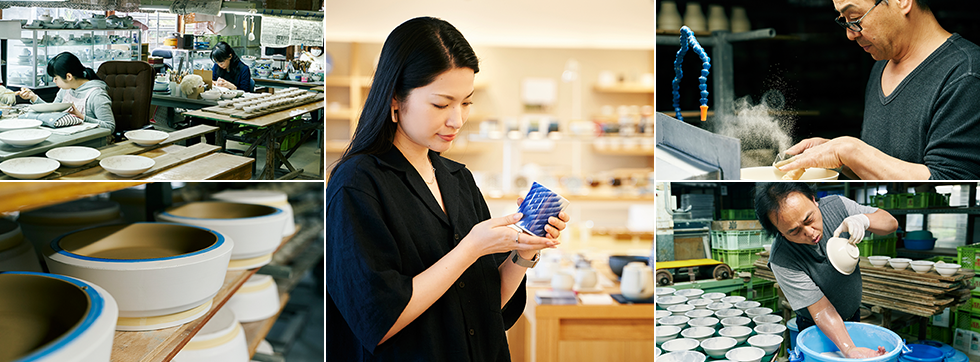
Using glassware we picked up on our journey,
we held a sweet sake party with our foreign friends in Tokyo!

Tokyo is the gateway to Japan.
The goal is having more visitors to Japan enjoy Tokyo Amazake and making sweet sake
a staple souvenir of Tokyo. To that end, we invited three foreign residents of Tokyo and
held a sweet sake party to get their feedback. For the drinking glasses, we chose pieces
from Tsugaru Vidro, Arita ware, and Edo Kiriko cut glass. We served some sweets we
picked up in Aomori and Saga, as well as Amazake Pocky, the new Tokyo treat!
-

- hailing from France
- Maxim
- He works at a company and moonlights as a performer on the side.
-

- from Vietnam
- Lynne
- She came to Japan in 2016, learned Japanese, and is now studying business management at university.
-

- hailing from Canada
- Van
- He likes music and playing the guitar. One of his favorite singers is Masayoshi Yamazaki.
-

- a writer
- Nishibu
- I am studying English and like mixing Japanese and English together.
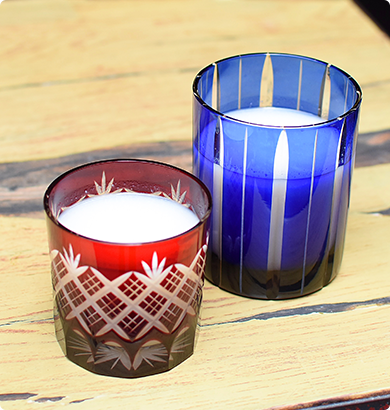
Edo Kiriko is a
homegrown style of
craft of Tokyo.
Vivid glassware that
enhances the look of
white amazake
Edo Kiriko is synonymous with traditional Tokyo crafts. In our second installment, we looked at "Tokyo Water" by the Tokyo Metropolitan Government Bureau of Waterworks, the design of which took from Edo Kiriko. As the name implies, Edo Kiriko glassware is a form of artisan cut glass that emerged in the late Edo period. Familiar Japanese motifs found on kimonos, such as bamboo grass, chrysanthemums, and flax leaves, appear lovingly rendered in this glassware.
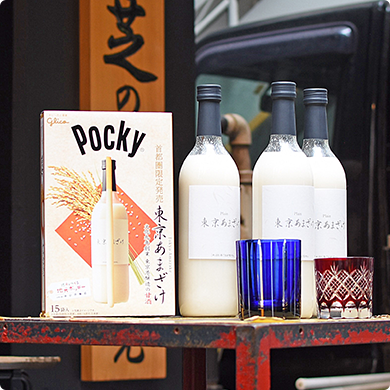
Make your next Tokyo souvenir Amazake Pocky! The crunchy biscuits were a big hit
We began by having our foreign friends try the Amazake Pocky. Comments included: "The chocolate and sweet sake pair well! (Van)" and "I like the crunchy biscuit wafer. (Lynne)" Everyone seemed to love the way this Pocky brings out the best of sweet sake. I loved the Japanese-style taste, too, and wound up eating three boxes!
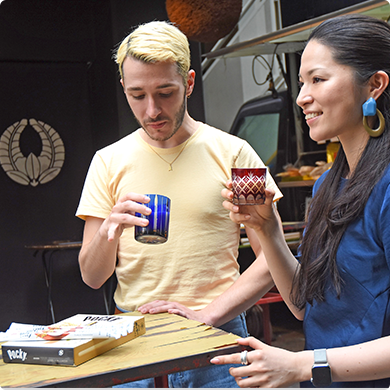
Tokyo Amazake
courtesy of Tokyo Port
Brewery:
What does it taste like
when poured into Edo
Kiriko cut glassware?
Edo Kiriko has a noticeable heft and delicate motifs that seems to impart luxury to any drink. It was truly a premium-grade experience to enjoy luxury Tokyo Amazake in a luxury cup. The three members we invited said they had tried conventional sweet sake before. What did they think of the Tokyo Amazake variety?

Van
There is this natural sweetness with a rich note behind that. You can definitely pick up the rice notes.
While I didn’t brew this myself, it’s encouraging to hear people say good things about sake.

Nishibu
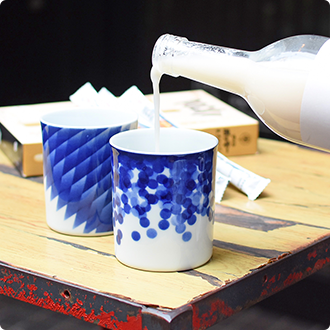
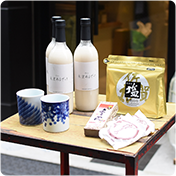
KIHARA’s Arita ware is
a fusion of tradition
and modernity.
Enjoying alcohol on the
rocks with the "Shine"
cup, inspired by light
Next was a piece of Arita ware featuring a graphic print, picked up at KIHARA in Arita-cho, Saga Prefecture. I savored Tokyo Amazake in this fusion of tradition and modernity. The piece is inspired by the idea of the sparkling sunrise and rays of light off the ocean. The contrast of vivid white and indigo blue is a traditional motif appearing in ceramics that is recognized in China as the "blue and white" style.

From Saga, Saga seaweed and Maru Boro cookies as souvenirs
As sides, we served Saga seaweed and Maru Boro, both Saga specialties. Sweet or salty?
What pairs best with sweet sake? I thought the Maro Boro cookies would be the best match, but the Saga seaweed surprisingly enhanced the sake notes and was a smash hit!

Maxim
I like the pairing of white and green, so this one is my favorite.
The Maru Boro are tasty, but the salty seaweed is addictive!

Lynne

Van
The salty note of the seaweed pairs really well with the sweet sake! This is my fave.
Who knew that Saga seaweed would pair so well? Salty and sweet is definitely the right combo.

Nishibu
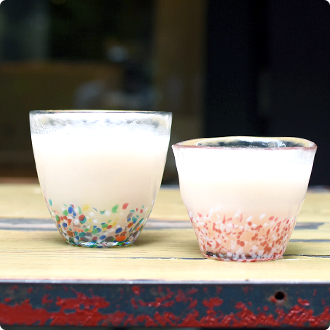

The vivid "Tsugaru
Vidro NEBUTA" and
spring-like "Apples,
the Flower of
Tsugaru."
Tsugaru Vidro, the
result of skillful
techniques
Last was Tsugaru Vidro from Aomori. Pouring Tokyo Amazake into the colorful artisan cups seemed to enhance the white color of the sweet sake and make it look more refreshing. I chose "Tsugaru Vidro NEBUTA," a signature Tsugaru Vidro piece, and "Apples, the Flower of Tsugaru." Though offering a gentle, handmade touch, these products seem to dramatically transform the liquid you pour into them.


Aomori is synonymous
with apples.
Tokyo Amazake and
fruit pair exquisitely
well together
I bought some dried fruit as a souvenir from Aomori. Tokyo Amazake is like a "Japanese-style yogurt" in terms of flavor, so I was confident it would pair well with fruit. And, sure enough, it was delicious. As we savored sweet sake, we discussed Japanese culture. I was fascinated to hear the take people from abroad have on Japan, with intriguing topics like how ramen is so inexpensive despite being delicious, and what it was like to experience an earthquake for the first time.

Maxim
Fruit is a sure-fire pairing, definitely. (laughs)
This would be a stylish glass to have at home. Or a good present.

Lynne

Van
Apples taste great with this. But I think Saga seaweed takes the cake.
Thanks for sharing your feedback, everyone!

Nishibu
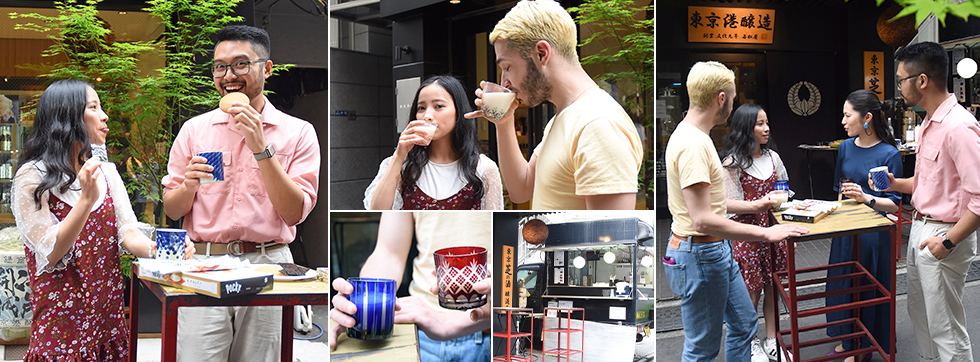


Artisans and craftsmanship are just so cool.
Having visited Tokyo Port Brewery, Tsugaru Vidro courtesy of Hokuyo Glass, and Arita ware producer KIHARA, I was left with a deep impression at the way these firms are upholding traditional Japanese aesthetics while using them to create something new.
What they all shared was their passion and enthusiasm for creating the best possible product.
Next time I’m out shopping, I’ll be sure to pick those items that were made with love and care.














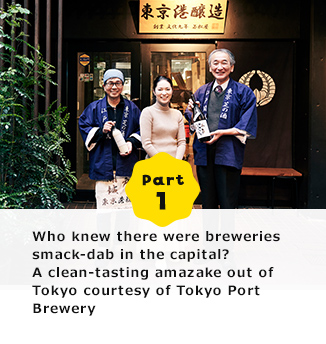

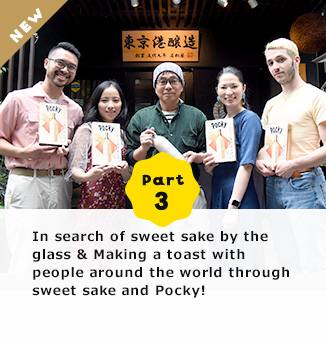


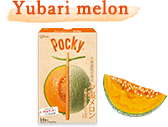
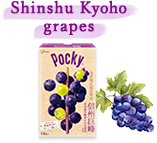
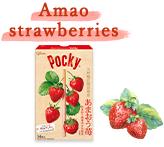

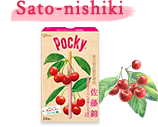
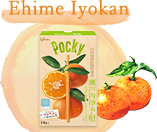
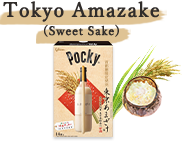
Maxim
It has a gentle, nice flavor. It could even be sweeter, and I wouldn’t mind.
This is definitely what you would call â€کmellow’ in Japanese. It tastes great.
Lynne